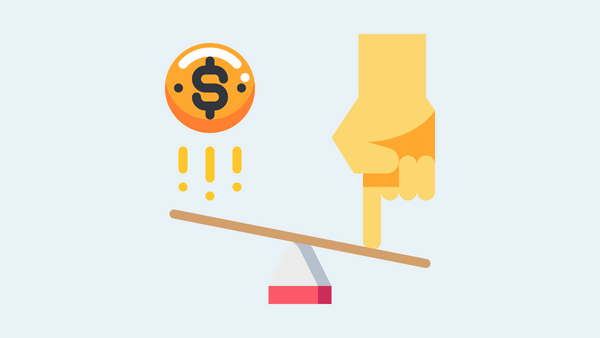
Here’s exactly how much money your startup should raise
Determining how much money to raise can be tough. Here are a few methods, plus my favorite.
Raising money for a startup is an art form. It can also be a full-time job for founders. Many of the founders I work with get overly focused on their startup’s valuation. That is important, because it helps determine how much equity to share with investors. The more important number to focus on is how much money to raise in a given round of funding. Why? Because the amount of equity to give up is a function of the value of the business and the amount of capital you are raising. If you raise too much money you risk having to part with too much equity. Raise too little and you won’t have enough to survive on until the next phase of your business.
How to determine how much money to raise
Founders approach fundraising differently. There is no black and white way to determine how much money to raise. But, I do have one method I prefer over others. Let’s start with those other methods first.
Some founders focus on raising enough money to reach profitability. This method is one of the most challenging for a few reasons. First, early-stage startups and startups in certain industries, such as biotech, the path to profitability can be long. Second, achieving profitability requires that many variables align at the same time. So, it can be hard to predict. Lastly, this method forces the founder to raise more money than they need and can affect the valuation, as well as cause dilution issues in subsequent rounds of funding. The one positive to this method is that, if successful, you shouldn’t have to raise money again anytime soon.
Another method is to raise enough to reach the next big milestone. Things such as a live prototype, first paying customer, etc. Hitting milestones show momentum to investors and can positively impact the startup’s valuation. The challenge with this method is that by the time you close the funding round it won’t be long until the founder has to start the roadshow for the next round of funding. This method often leads to startups only having 12-18 months of capital on hand, since milestones shouldn’t take much longer to accomplish.
The last method for today is raising enough to cover the startup’s burn rate. A burn rate is simply the amount of money the startup losses each month. Startups that use this method often attempt to raise 12-18 months of burn in a given round of funding. While 12-18 months of burn is the norm in tough economic times it may not be enough. When inflation is nearing 10%, like we saw in the U.S. recently, those 12-18 months look more like 6-12 months of burn on hand.
My favorite method
With the startups I coach, typically seed and Series A round startups (so, generally pre-revenue or early revenue-producing startups), we take a data-driven approach. By leveraging quality financial projections to determine how much money they should use. We then use that information to determine how much capital it will take for them to accomplish one, or sometimes two, significant milestones.
This helps on a few fronts. The founder has data to support the amount of money they are asking for. They didn’t just pick a number that sounds good. It helps the founder avoid raising too much money and, at the same time, helps avoid having to open another round right away. Finally, it creates financial discipline. Where the founder knows how much money they will have to reach the next set of goals or milestones.
Enjoy this post?
Please consider sharing it with other people who might be interested in this type of content.
Or, if you have suggestions for topics you'd like me to cover just hit reply and send me your suggestions.